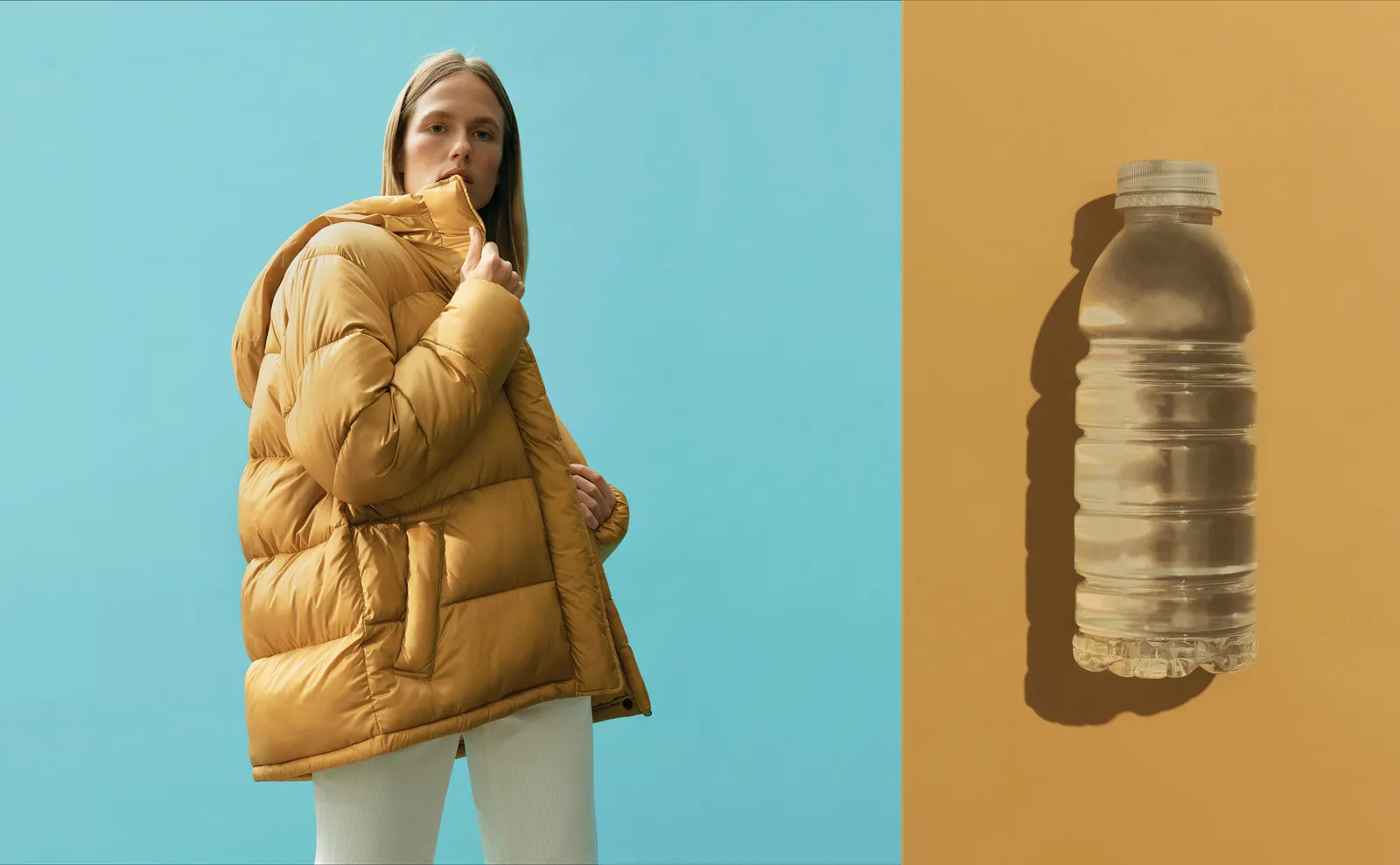The Future of Fashion
The fashion industry has been a predominant part of our economy since the 19th century. Although the industry has amassed a huge fortune and is currently a billion-dollar industry, the evolution has not been ideal or simply put, unsustainable. The fashion industry contributes a mind-boggling amount of 92 million tons of textile waste annually with no sustainable means of disposition or supply chain processes. With constant emerging trends that are short-lived retail businesses have been mass-producing fashionable clothing at record low prices. This is known as fast fashion, a movement that defies all the principles of slow fashion, ethical and sustainable clothing.
The fast fashion industry is also known to produce the latest trends at the cost of peoples’ lives i.e. companies outsource their production from lower-income countries, lower wages, and regulations, and set unrealistic deadlines and working hours for the workers. This movement has therefore encouraged overconsumption and excessive waste production with clothes lasting only until the next trend arrives.
How can this be changed?
Slow fashion on the other hand is a long-term commitment that protects our future and the planet. It creates a circular economy and allows companies to prioritize people over profits. Thrifting and recycling have now become important movements for companies to sustain in this industry. While recycling clothes/ textiles isn’t an easy task, innovation and technology have allowed other alternatives to become available.
Patagonia and Everlane are a few companies that have raised the standard for innovation by making garments out of recycled plastics. Natural Fiber Welding is another technology company that has recently developed a performance cotton textile as an alternative to synthetic fibers and also focuses on producing plant-based leather out of coconut husks and natural rubber or corks. Circ is another company tackling the problem of recycling clothes by using unique equipment and technology to break down blended fabrics. The resulting raw ingredients can be reused again for clothes rather than using new plastics. Innovative firms such as Patagonia have also invested and partnered with both companies to develop specialized textiles.
Material science advancements and scalable clean solutions are now the hottest trends in fashion. It is ultimately the responsibility of companies to develop innovative trends in the fashion industry that encourage cradle-to-cradle design to maintain the sustainability and competitiveness factor alive without producing any negative externalities.





Comments
Post a Comment